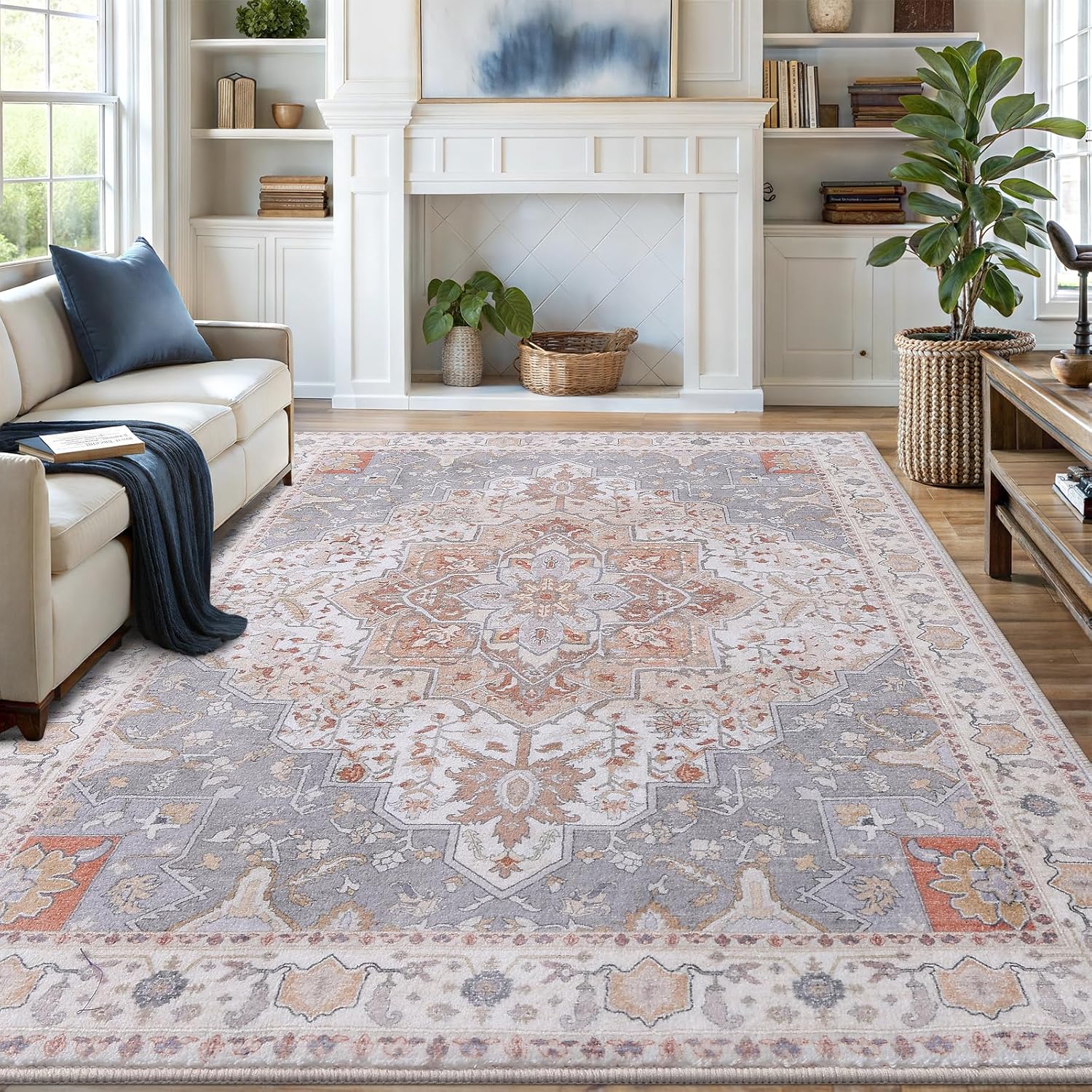To protect hardwood floors from furniture scratches, use felt pads under furniture legs and avoid dragging items across the surface.
Hardwood floors add elegance to any home, but furniture can quickly damage their pristine surface. Scratches, dents, and scuffs from everyday use diminish their beauty. Fortunately, with the right protection methods, you can keep your floors looking new for years.

Why Furniture Damages Hardwood Floors
Wood floors face constant threats from furniture legs, movement, and debris. Heavy items create pressure points that dent the surface. Dragging furniture leaves visible scratches. Even small particles trapped under legs act like sandpaper when chairs move.
Common Damage Types
- Surface scratches from dragging
- Deep gouges from heavy furniture
- Dents from concentrated weight
- Finish wear from constant friction

Best Protection Methods
1. Felt Pads for Furniture Legs
Self-adhesive felt pads create a protective barrier between furniture and floors. They’re ideal for chairs, tables, and sofas. Replace them when they wear thin or collect debris.
2. Rubber Furniture Cups
For heavier pieces like pianos or cabinets, use thick rubber cups. They distribute weight evenly and prevent indentation. The best vacuum for hardwood floors can help remove debris that might get trapped underneath.
3. Area Rugs and Runners
Place quality rugs in high-traffic zones. Use rug pads underneath to prevent slipping. Natural fiber rugs like wool are gentle on floors.
4. Furniture Coasters
For frequently moved items, use plastic or felt coasters. They allow easy sliding without floor contact. Some models include wheels for heavy pieces.
5. Regular Cleaning
Keep floors free of grit and sand that can scratch surfaces. Use a cordless vacuum designed for hardwood for daily maintenance.
Special Considerations
Office Chairs
Use clear plastic mats under rolling chairs. Tempered glass mats offer protection while maintaining visibility of your beautiful floors.
Moving Heavy Furniture
Lift rather than drag items. For large pieces, use furniture sliders or enlist help. Remove drawers and contents to reduce weight first.
Maintenance Tips
| Task | Frequency |
|---|---|
| Check felt pads | Monthly |
| Deep clean floors | Quarterly |
| Inspect for damage | Bi-annually |
According to hardwood experts at National Wood Flooring Association, proper protection can extend floor life by decades.
Repairing Existing Damage
For minor scratches, use wood filler pens that match your floor color. Deeper gouges may require professional refinishing. Always address damage promptly to prevent further deterioration.
DIY Scratch Repair
- Clean the damaged area
- Apply matching wood filler
- Buff gently with fine steel wool
- Apply protective finish
For stubborn stains or deep damage, consult a professional floor refinisher. The Hardwood Information Center offers guidance on finding qualified technicians.

